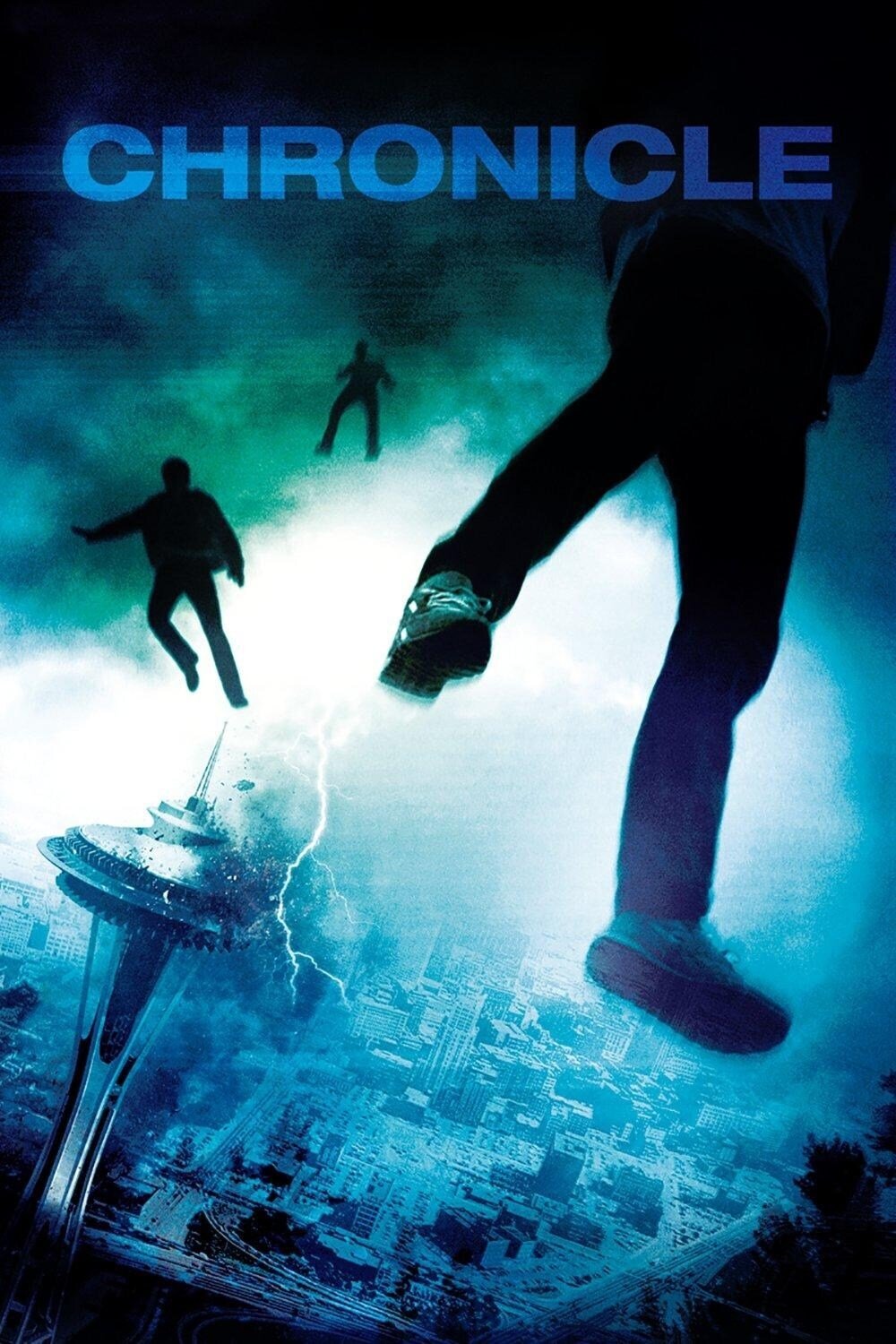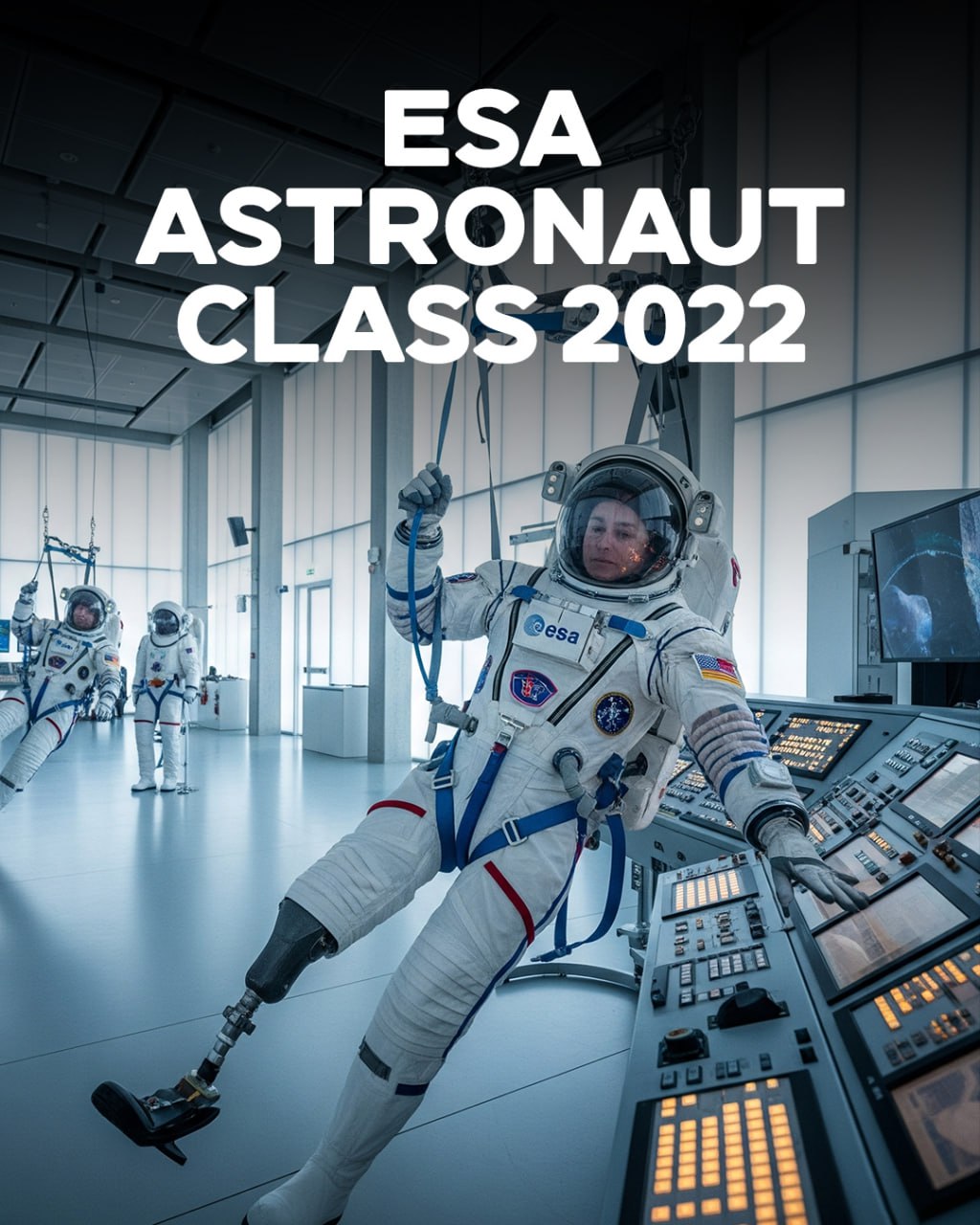Apollo 17 by Jackson Tyler
Apollo 17, launched on December 7, 1972, was the final crewed lunar landing mission of NASA's Apollo program. It set multiple records in human spaceflight, including the longest crewed lunar landing mission (12 days, 14 hours), longest time on the lunar surface (75 hours), longest total lunar surface extravehicular activities (EVAs) (22 hours and 4 minutes), and greatest distance traveled from the Lunar Module during EVAs (7.6 km or 4.7 miles). The mission returned approximately 115 kg of lunar rock and soil, enriching scientific understanding of the Moon's geology. Astronauts Eugene Cernan and Harrison Schmitt explored the Taurus-Littrow region, providing insights into volcanic activity, impact cratering, and lunar regolith processes. The crew deployed and activated the Apollo Lunar Surface Experiments Package (ALSEP), contributing valuable long-term data. Command Module Pilot Ronald Evans conducted 75 lunar orbits over 6 days, performing photographic surveys and operating scientific instruments. Despite a launch delay due to technical issues, Apollo 17 successfully launched in the first nighttime Apollo launch, completed its mission objectives, and safely splashed down in the Pacific Ocean on December 19, 1972. The mission faced challenges due to the rugged terrain of the Taurus-Littrow site, but the Lunar Rover aided the astronauts in extensive exploration. As the final human visit to the Moon for decades, Apollo 17 was a landmark mission that combined record-setting human spaceflight achievements with extensive scientific exploration.
- English (UK)
Add Review
You have to Sign In to share the review


